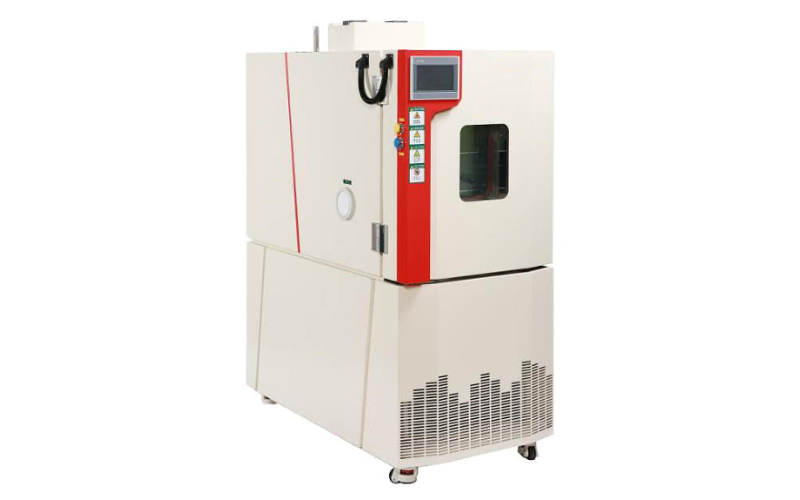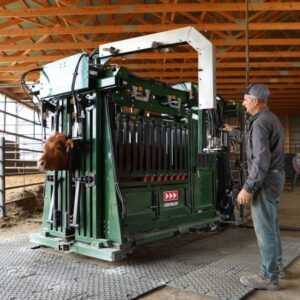Have you ever wondered how manufacturers make sure that products can withstand harsh conditions like extreme heat, freezing cold, or sudden humidity? The answer lies in a fascinating piece of equipment known as an Environmental Test Chamber. Whether you’re involved in product design, quality control, or just curious about how things are tested before reaching your hands, this guide will walk you through it—all in plain, friendly language. We’ll also introduce a small but mighty tool used alongside it: the Lamp Cap Gauge. Let’s dive into the world of testing environments!
What Is an Environmental Test Chamber?
An Environmental Test Chamber is like a mini laboratory in a box. It allows scientists and engineers to create specific environmental conditions inside the chamber to see how a product or material will react. Think of it as a weather simulator where you can turn the dial to create heatwaves, rainstorms, or icy conditions—without leaving the lab.
These chambers come in all shapes and sizes. Some are small enough to sit on a desk; others are large walk-in rooms that can test entire vehicles or equipment. They’re used in industries like electronics, automotive, aerospace, and even food and cosmetics.
Why Are These Chambers Important?
Before a product hits the market, manufacturers need to be sure it will hold up in the real world. Here’s why Environmental Test Chambers are a game-changer:
Reliability: They help catch potential problems before a product is sold, which reduces the chance of breakdowns or recalls.
Safety: Products like batteries or electronic devices need to work safely under different conditions. Testing ensures they won’t overheat or fail when it matters most.
Regulatory Standards: Many industries have strict guidelines for safety and durability. Environmental testing helps companies meet these rules.
Imagine buying a flashlight that stops working in the cold, or a car part that cracks under heat. With proper testing in a controlled environment, those issues can be spotted and fixed early.
What Can Be Simulated Inside an Environmental Test Chamber?
These chambers can mimic just about any environmental condition you can think of. Here are some of the most common:
Temperature: From freezing arctic cold to blazing desert heat.
Humidity: Ideal for testing electronics or fabrics.
Vibration: To see how a product handles movement during transport.
Salt Spray: Great for checking corrosion resistance, especially for metal parts.
Altitude and Pressure: Useful for aerospace and aviation industries.
All these simulations help ensure that a product won’t fail just because it’s used in a particular part of the world or under certain conditions.
Where Does the Lamp Cap Gauge Fit In?
You might be asking, “What’s a Lamp Cap Gauge got to do with this?” Good question! It’s a precise measuring tool used to check the size and fit of lamp caps (the part of the bulb that screws into the socket). It ensures that light bulbs and their holders are compatible.
So how does this relate to environmental testing?
Before testing: The Lamp Cap Gauge ensures that the physical connection between a bulb and its holder is correct.
After testing: It helps verify whether the lamp cap dimensions have changed due to exposure to heat, cold, or humidity.
This tool, though small, plays a critical role in verifying the quality and functionality of lighting products after they’ve been exposed to various conditions in an Environmental Test Chamber.
Tips for Using Environmental Test Chambers Effectively
If you’re planning to use one, here are a few friendly tips to keep in mind:
-
Know what you’re testing for: Whether it’s durability, safety, or corrosion, make sure your goals are clear.
-
Choose the right size chamber: A small component won’t need a walk-in chamber, but larger equipment will.
-
Keep things consistent: Repeat tests under the same conditions to get accurate results.
-
Don’t forget your tools: Bring along important accessories like the Lamp Cap Gauge to check measurements before and after testing.
-
Follow safety guidelines: These chambers simulate harsh environments, so always operate them carefully and with proper training.
Real-Life Example You Can Relate To
Let’s say you’re a company making outdoor LED garden lights. You want to make sure they work through all seasons. You place them in an Environmental Test Chamber, simulate a summer heatwave, followed by a winter freeze. After testing, you use the Lamp Cap Gauge to make sure the base still fits perfectly and hasn’t warped or changed size. This helps ensure your customers won’t be frustrated by lights that don’t fit or fail in bad weather.
Final Thoughts
Environmental Test Chambers are essential tools that help ensure the products we use daily are safe, reliable, and built to last. They’re like time machines that can simulate months or years of environmental exposure in just days or weeks. And tools like the Lamp Cap Gauge may seem minor, but they help add that final layer of quality control.
Whether you’re a product designer, a quality tester, or simply someone who loves to know how things work, understanding these tools gives you a deeper appreciation for what goes into making everyday products tough enough to stand the test of time.





More Stories
What Makes Wellness Retreats the Perfect Escape for Mind, Body, and Soul?
출장마사지: 바쁜 일상 속 숨 고르기의 기술
집 앞까지 힐링이 찾아온다: 출장마사지의 모든 것